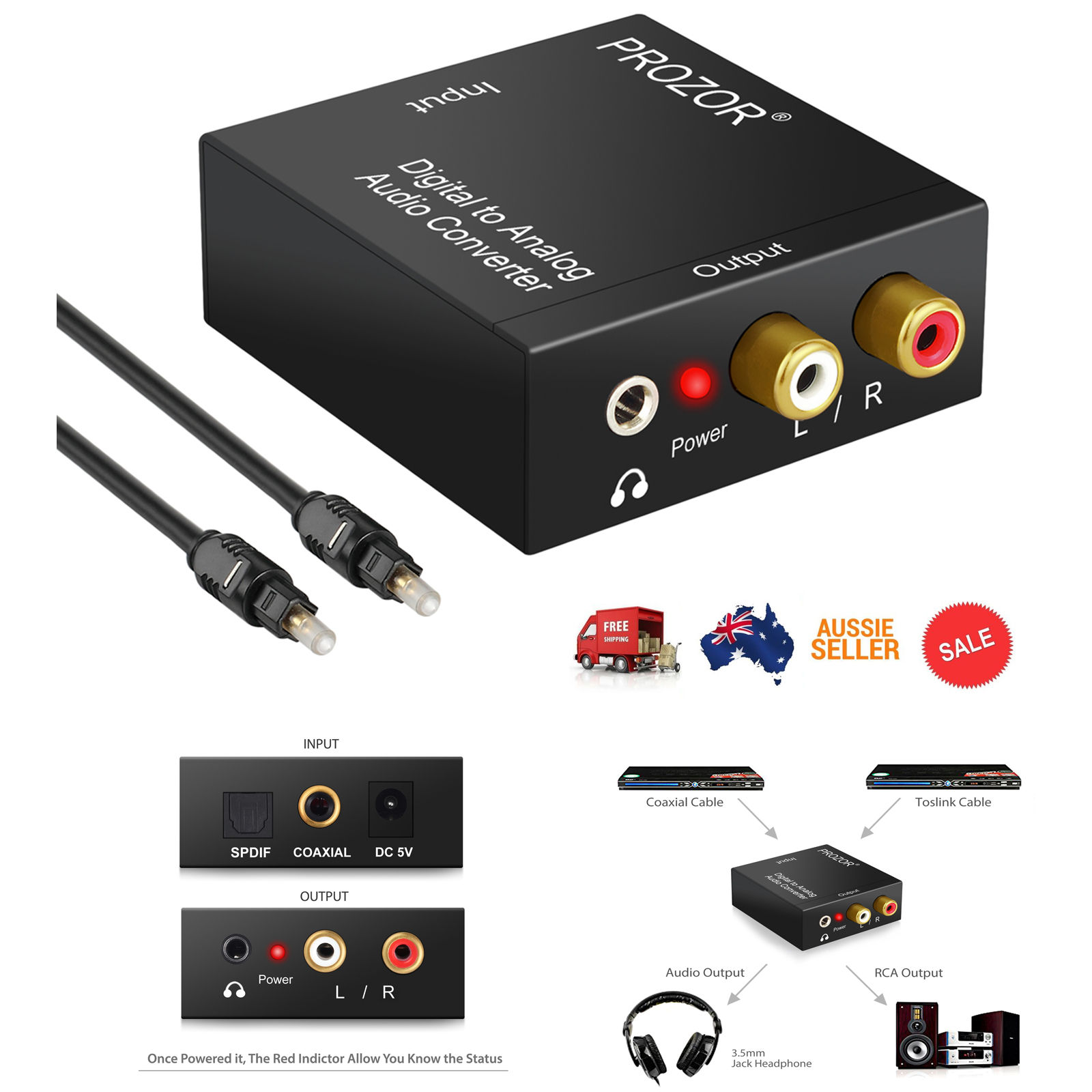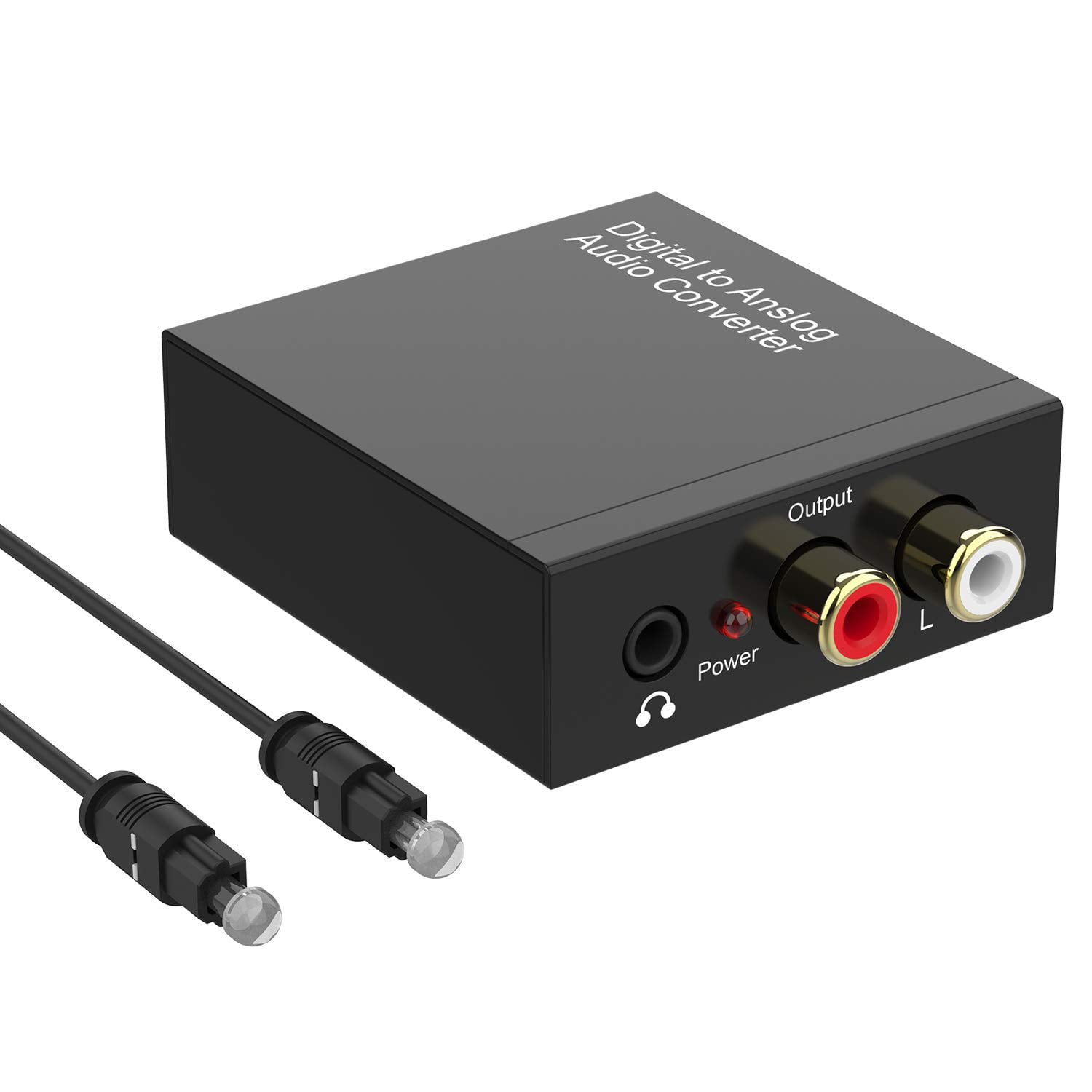
Optical inputs are found at the amplification or DAC end, e.g. Something like the QED Performance Graphite Optical is a good entry-level option.Īlthough HDMI has taken over as the main socket of choice for many manufacturers, optical outputs are still common on games consoles, Blu-ray players, set-top boxes and televisions.

Optical cables with a Toslink (Toshiba Link) connector slot into a matching socket on both source and receiver. Traditionally, in a home cinema environment, optical connections tend to be used to transmit compressed Dolby Digital and DTS surround sound. An optical cable doesn’t allow noise to pass from source to DAC circuitry like a coaxial can, and so makes sense to use this socket when connecting straight into the DAC of a soundbar or AV receiver. Optical digital connectionĪn optical digital connection uses the medium of light to transmit data through a cable’s optical fibres (which can be made from plastic, glass or silica). So, in a modern home cinema setting, its uses are quite limited. Unfortunately, using a coaxial connection enables noise to travel along the cable from the source to your amplifier.Īlso, coaxial doesn't have the bandwidth required to support high-quality surround sound formats such as Dolby TrueHD, DTS-HD Master Audio, Dolby Atmos and DTS:X.

Noise is bad news when it comes to sound quality, but it exists in all AV components to one degree or another. The main downside to a coaxial digital connection is the potential transfer of electrical noise between your kit.



 0 kommentar(er)
0 kommentar(er)
